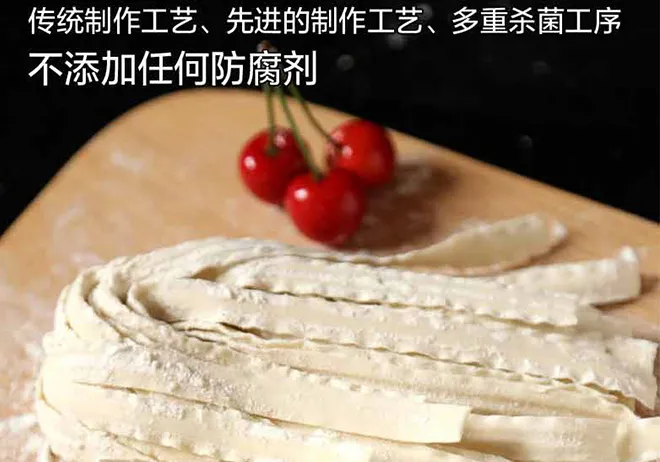dried udon noodles
The Allure of Dried Udon Noodles A Culinary Journey
Udon noodles, a staple of Japanese cuisine, are beloved worldwide for their thick, chewy texture and ability to absorb flavors. While fresh udon noodles are certainly popular, dried udon noodles have carved out their own niche in the hearts and kitchens of food lovers. This article explores the charm of dried udon noodles, their preparation, versatility, and place in both traditional and contemporary dishes.
What Are Dried Udon Noodles?
Dried udon noodles are the dehydrated version of the classic Japanese noodle typically made from wheat flour, water, and a pinch of salt. The drying process allows for extended shelf life, making these noodles a convenient option for busy home cooks and chefs alike. Unlike instant noodles, dried udon requires a bit of cooking to bring out its full potential, but the results are well worth the effort.
Preparing Dried Udon Noodles
Cooking dried udon noodles is a simple yet rewarding process. To prepare them, one typically starts by boiling water in a large pot. Once the water reaches a rolling boil, the noodles are added and cooked for about 8 to 10 minutes, or until they reach the desired level of chewiness. It’s essential to stir occasionally to prevent the noodles from sticking together. After cooking, the noodles should be drained and rinsed under cold water to stop the cooking process and remove any excess starch.
This preparation allows the noodles to be utilized in a variety of dishes, whether served hot in a rich broth or cold with a dipping sauce. The versatility of dried udon noodles makes them an excellent pantry staple.
Culinary Uses and Recipes
dried udon noodles

Dried udon noodles can be used in numerous recipes that celebrate both traditional and modern culinary techniques. One of the most recognized dishes is Udon Noodle Soup. A simple broth made from dashi (Japanese stock), soy sauce, and mirin serves as the perfect base to highlight the chewy texture of the udon. This soup can be garnished with a variety of toppings, including green onions, mushrooms, tempura, and even tofu, making it a comforting and fulfilling meal.
For a refreshing option, Cold Udon Noodles can be served with a dipping sauce, often made from soy sauce, mirin, and a touch of wasabi. This dish is especially popular in the summer, providing a cool and satisfying meal.
In contemporary cuisine, chefs and home cooks alike experiment with udon noodles in stir-fries, salads, and even as a base for innovative fusion dishes. For instance, a stir-fry featuring udon noodles, seasonal vegetables, and proteins like chicken or shrimp can easily become a weeknight favorite, marrying the chewy noodles with vibrant flavors and ingredients.
The Nutritional Benefits of Udon
Dried udon noodles, primarily made from wheat, provide a good source of carbohydrates, which are essential for energy. They also contain some protein, though they are not a complete source of protein on their own. Pairing udon noodles with vegetables, lean proteins, and healthy fats can create a well-rounded meal. Furthermore, when making dishes like noodle soup, the addition of broth can enhance hydration and provide essential minerals, making udon not just delicious but also fulfilling.
Conclusion
Dried udon noodles are more than just a convenient ingredient; they are a culinary canvas waiting for creativity and flavor. Whether enjoying a bowl of hot noodle soup or a cold dish during the summer, these noodles offer a comforting and satisfying experience. Their versatility allows them to fit seamlessly into both traditional and modern recipes, making them a beloved choice for many. The next time you're in the mood for a hearty meal, consider reaching for a package of dried udon noodles and explore the endless possibilities they provide on your plate.
-
Unlock the Delicious Potential of Yam NoodlesNewsAug.11,2025
-
The Authentic Taste of Lanzhou NoodlesNewsAug.11,2025
-
Savor the Art of Hand Pulled NoodlesNewsAug.11,2025
-
Indulge in the Timeless Delight of Spaghetti BologneseNewsAug.11,2025
-
Indulge in the Rich Flavor of Braised Beef NoodlesNewsAug.11,2025
-
Elevate Your Meals with the Magic of Fresh PastaNewsAug.11,2025
-
Unleash Your Inner Chef with Delectable Italian Pasta CreationsNewsAug.01,2025
Browse qua the following product new the we

















































































































